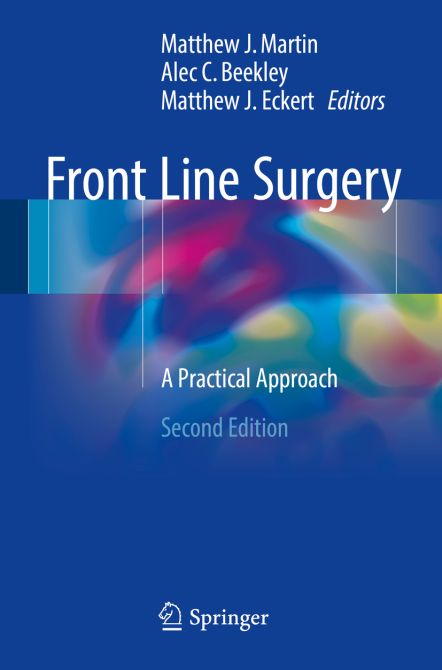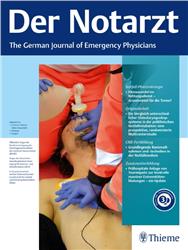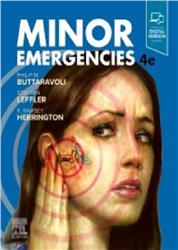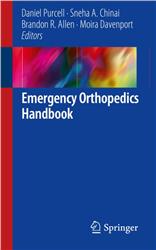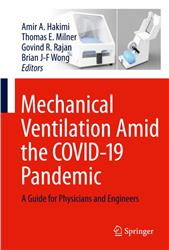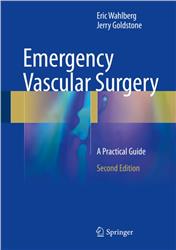Front Line Surgery
A Practical Approach
| Auflage | 2/E 2017 |
| Seiten | 1.107 pp., 379 illus. |
| Verlag | Springer |
| ISBN | 9783319567792 |
| Artikel-Nr. | 559923 |
Lieferzeit ca. 5 Werktage
Produktbeschreibung
This text is designed to provide practical insights for surgeons whose areas of practice demand quick best-outcome based solutions to complex and urgent clinical problems. Both editors are active duty officers and surgeons with multiple tours in Iraq. Each chapter provides detailed instructions and combat/emergency surgical principles with multiple detailed illustrations. While the focus is clearly clinical, the authors also provide clinical pearls in both traditional and non-traditional narrative. The second edition of Front Line Surgery expands upon the success of the first edition, providing updated discussion of practical management of commonly encountered combat injuries.This edition reflects the cutting edge of combat casualty care, refined principles of surgical management of specific injury patterns, and incorporation of the spectrum of recent research advancements in trauma care. Each chapter continues to follow the same organization as the first edition. The “BLUF”, or bottom line up front, headlines each topic, providing the critical pearls for the reader, followed by a focused and straight forward discussion of management, pitfalls, and recommendations. In addition, select chapters conclude with a section discussing the application of this topic in civilian practice, as potentially encountered by the rural or humanitarian relief surgeon. These additional sections are written by civilian authors who are recognized experts, national and international leaders, and respected academic researchers. Additional new topics include: REBOA and endovascular techniques for hemorrhage control, updates in transfusion and resuscitation practice, active shooter situations, rural trauma management in developed nations, advancements in prehospital care and the Tactical Combat Casualty Care (TC3) course, and discussion of the newest generations of topical hemostatic agents and tourniquets. These additions serve to both enhance the breadth and depth of the material relevant to military surgeons, but should also further expand the applicability and interest in this work to all civilian trauma surgeons. This handbook would be useful to every military physician and physician-in-training, as well as the worldwide surgical and trauma community who are increasingly called upon to care for combat victims. This handbook would be of particular interest to the general surgeon who is often called upon to manage a variety of injuries that may be outside of his or her specialty (thoracic, extremity, etc.). Additionally, this book would be attractive to anyone involved in the continually growing fields of disaster preparedness and training activities, rural surgical practice and humanitarian surgical care.
Fachzeitschriften

Bleiben Sie informiert!
Melden Sie sich für den frohberg.de-Newsletter an und nutzen Sie jetzt Ihre Vorteil:- Willkommens-Dankeschön: Beatmungsmaske Rescue Me
- Aktuelle Neuerscheinungen und Empfehlungen
- Exklusive Angebote und Kongress-Highlights
